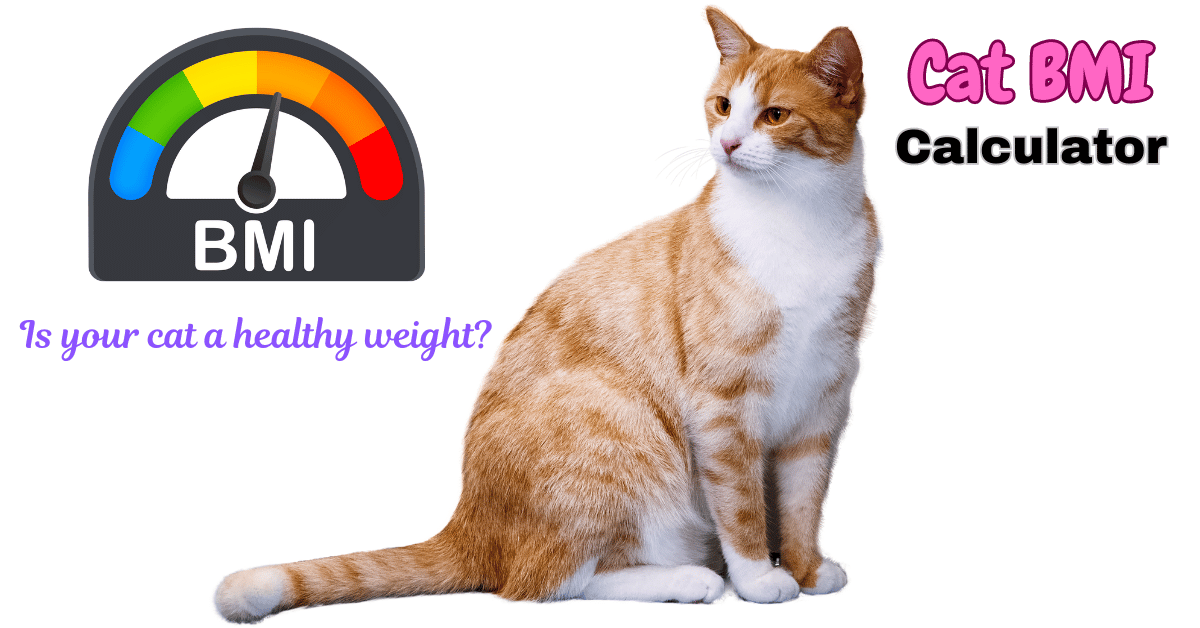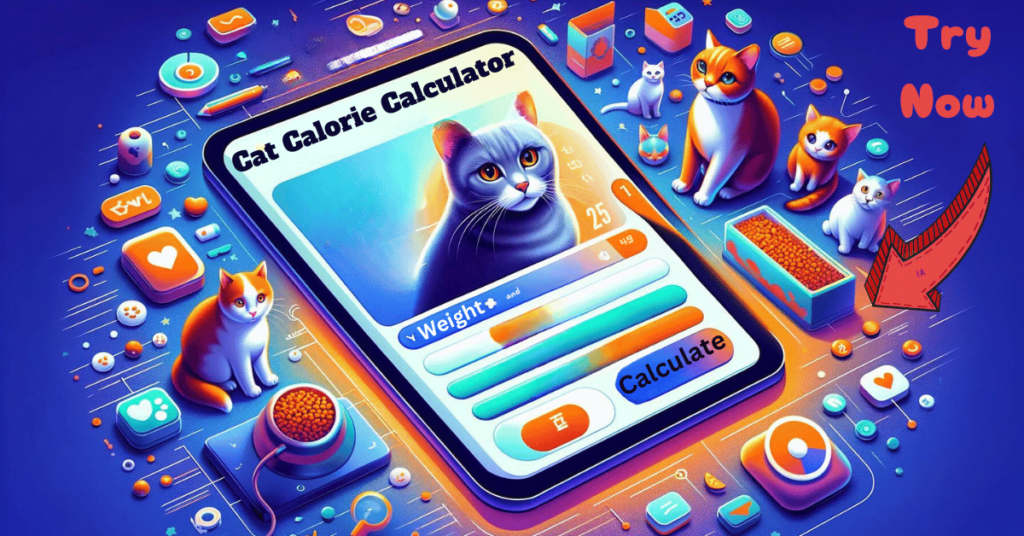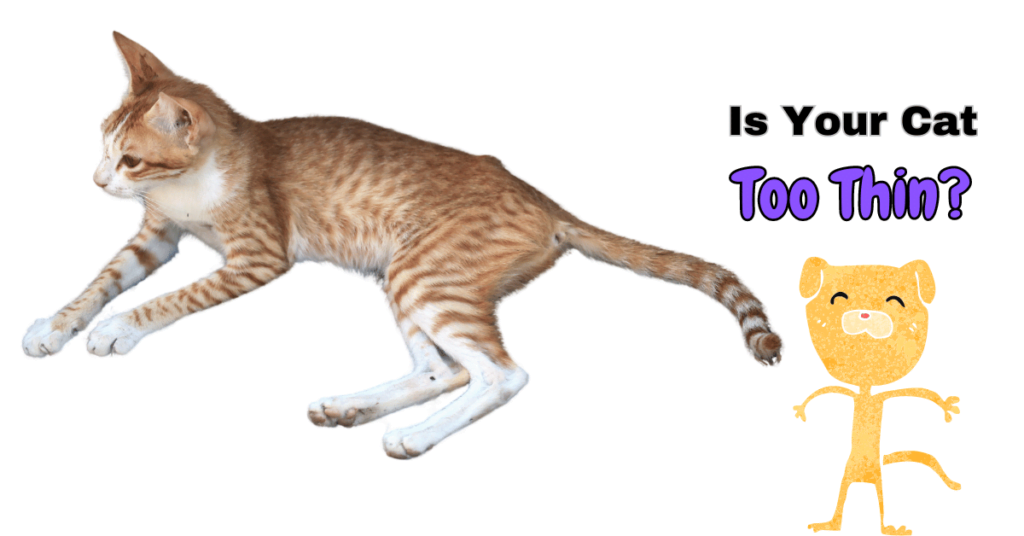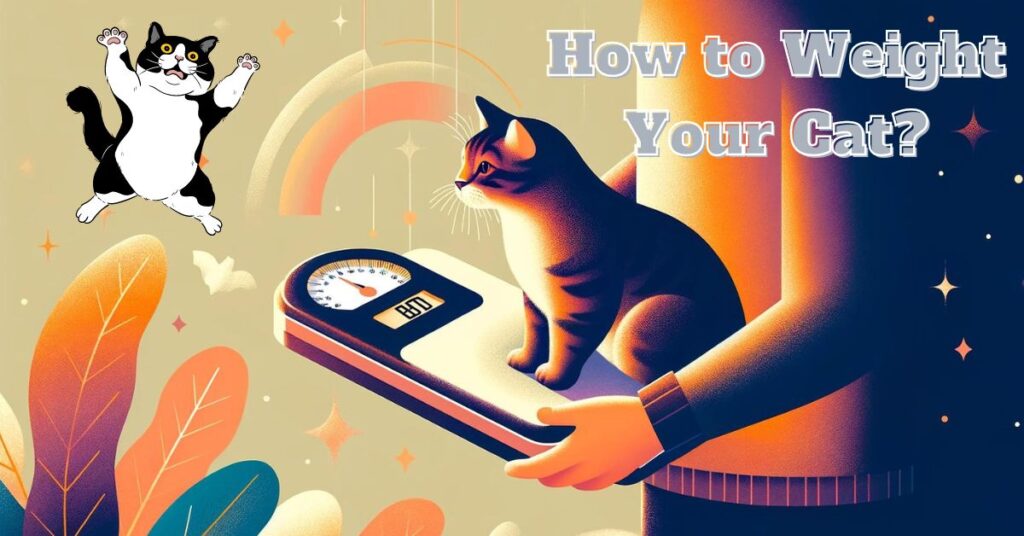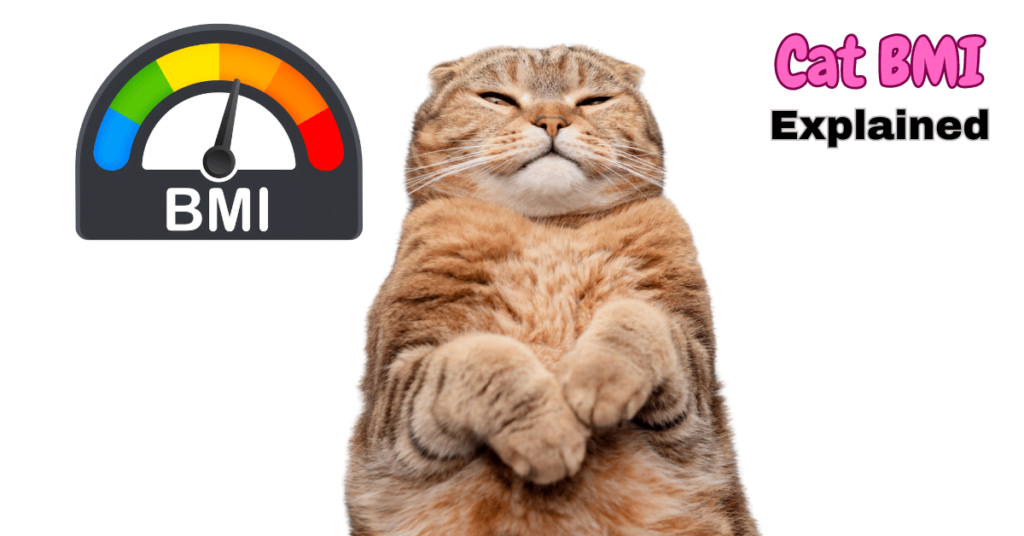Feline BMI Calculator
How to Measure Your Cat’s BMI
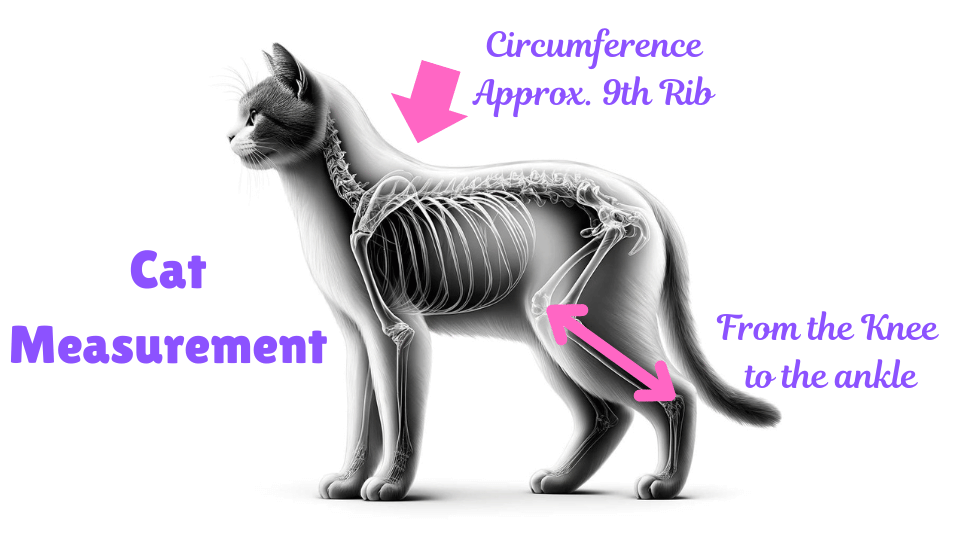
- Ensure your cat is standing with its head up.
- Measure around the rib cage at the 9th rib (near the front legs).
- Measure the length of the lower back leg from knee to ankle.
- Enter these values into our Cat BMI Calculator for instant results!
Recommendations Based on Results from Cat BMI Calculator
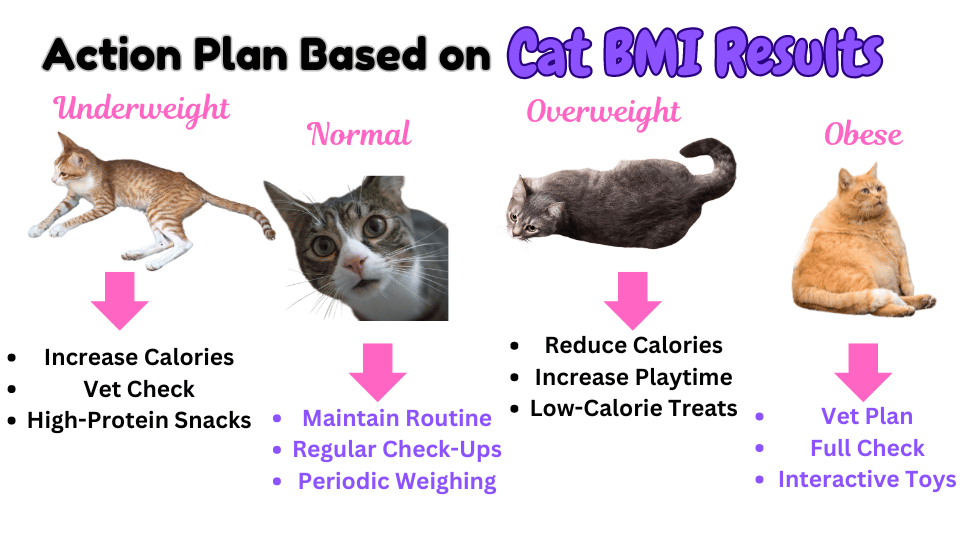
Jump to:
- Underweight Recommendations
- Normal Weight Recommendations
- Overweight Recommendations
- Obese Recommendations
Recommendation for Underweight Cats
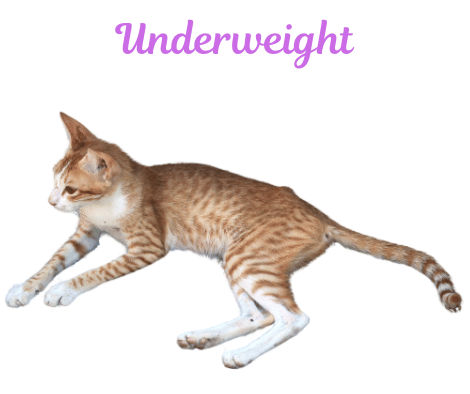
Give your cat a calorie boost with nutrient-rich food tailored to their needs. Remember, a cat’s natural prey, like small rodents, typically contains about 55% protein, 45% fat, and 1-2% carbohydrates on a dry matter basis.
Action for Underweight Cats
Schedule a visit with your vet to rule out any underlying health issues that might be causing weight loss. It’s crucial to address potential medical conditions early.
Tip: Enhance your cat’s diet with high-protein snacks. Consider calorie dense foods specifically designed for weight gain in cats, ensuring they get the right balance of nutrients.
Recommendation for Normal Weight Cats
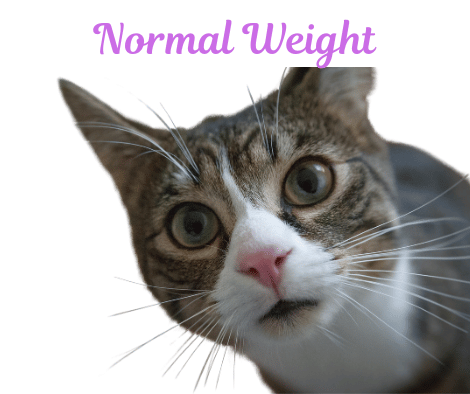
Keep up the good work by maintaining your cat’s current diet and exercise routine. Don’t slack off or increase their food just because they seem healthy; stick to the same routine to keep them in top shape.
Action for Normal Weight Cats
Regular vet check-ups are essential to monitor your cat’s overall health and catch any potential issues early. Make these a part of your routine.
Tip: Periodically measure your cat’s weight to ensure they stay within the healthy range. Use our Cat BMI Calculator regularly to track any changes.
Recommendation for Overweight Cats
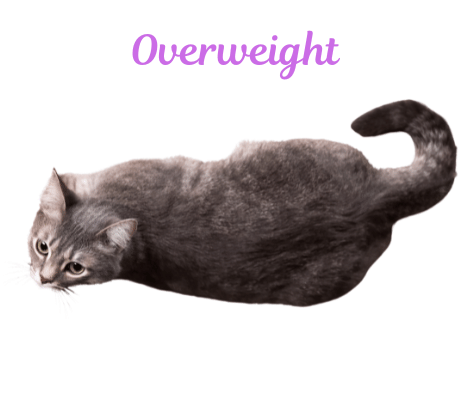
Being overweight is the first step towards obesity, and while a chubby cat might look cute, it’s important to take action. Gradually reduce your cat’s daily calorie intake to help them shed excess weight safely.
Action for Overweight Cats
Increase your cat’s playtime and physical activities. Invest in more interactive toys to entice them to play, and schedule regular play sessions to boost their activity levels.
Tip: Switch to low-calorie treats and high-fiber foods. These can help your cat feel full while consuming fewer calories.
Recommendation for Obese Cats
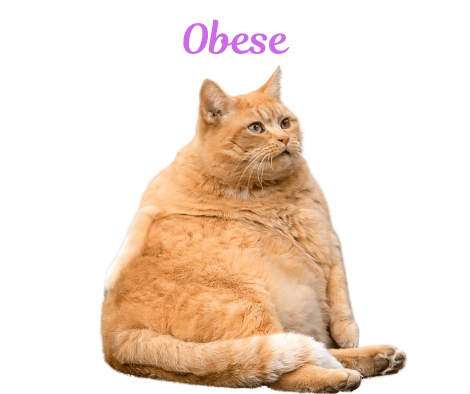
Obesity in cats has many implications, including a high chance of reduced lifespan. Implement a vet-approved weight loss plan tailored specifically for your cat’s needs.
Action for Obese Cats
Schedule a comprehensive health check with your vet. This is vital to ensure there are no underlying conditions affecting your cat’s weight.
Tip: Introduce more interactive toys and activities that encourage your cat to move more. Puzzle feeders and laser pointers can make exercise fun and engaging.
Alternatives for Determining Your Cat’s Ideal Weight
While our Cat BMI Calculator is a fantastic tool for assessing your feline friend’s health, it’s always good to have multiple methods to ensure accuracy. Here are a few additional ways to determine if your cat has an ideal weight:
Body Condition Score (BCS)
The Body Condition Score (BCS) is a visual and tactile assessment that involves feeling your cat’s ribs, spine, and overall fat coverage.
A BCS chart ranges from 1 (emaciated) to 9 (obese), with 5 being ideal. To use the BCS, gently feel your cat’s ribs and spine. In an ideal weight cat, you should be able to feel the ribs without pressing too hard, but they should not be visible.
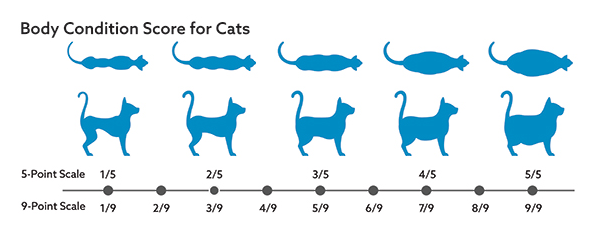
Vet Assessment
Regular veterinary check-ups are crucial. Your vet can provide a professional assessment of your cat’s weight and overall health, offering tailored advice and recommendations. Your vet can use advanced tools and provide medical insight that goes beyond what at-home assessments can offer.
Fact: Vets sometimes still use the Body Condition Score to determine this, but they are more professional in their assessment.
Tracking Weight Over Time
Regularly weighing your cat and keeping a log can help you spot trends and make adjustments before weight issues become severe. To track weight, use a digital pet scale or a regular scale by weighing yourself first and then holding your cat. Subtract your weight from the combined weight to get your cat’s weight.
Conclusion: Ensuring Optimal Health with Our Cat BMI Calculator
Maintaining your cat’s health and ideal weight is crucial for their overall well-being and longevity. Our Cat BMI Calculator provides a convenient and accurate tool to assess your feline friend’s weight status.
Alongside this, utilizing additional methods such as the Body Condition Score (BCS), regular veterinary assessments, consistent weight tracking, and observing your cat’s physical appearance and behavior can offer a comprehensive understanding of their health.
By integrating these approaches, you can ensure your cat remains healthy, active, and happy. Remember, a proactive approach to weight management can prevent many health issues and contribute to a better quality of life for your beloved pet.
Meet Sean, a fintech whiz with a penchant for pet purrs and blockchain buzz. After a decade of fintech feats, Sean’s tech talents leaped from ledger lines to litter lines, driven by a passion for pets and a vision for a more connected pet care community. With three critter companions as co-pilots, Sean launched this blog to share a treasury of pet-friendly tech tips and tales.

